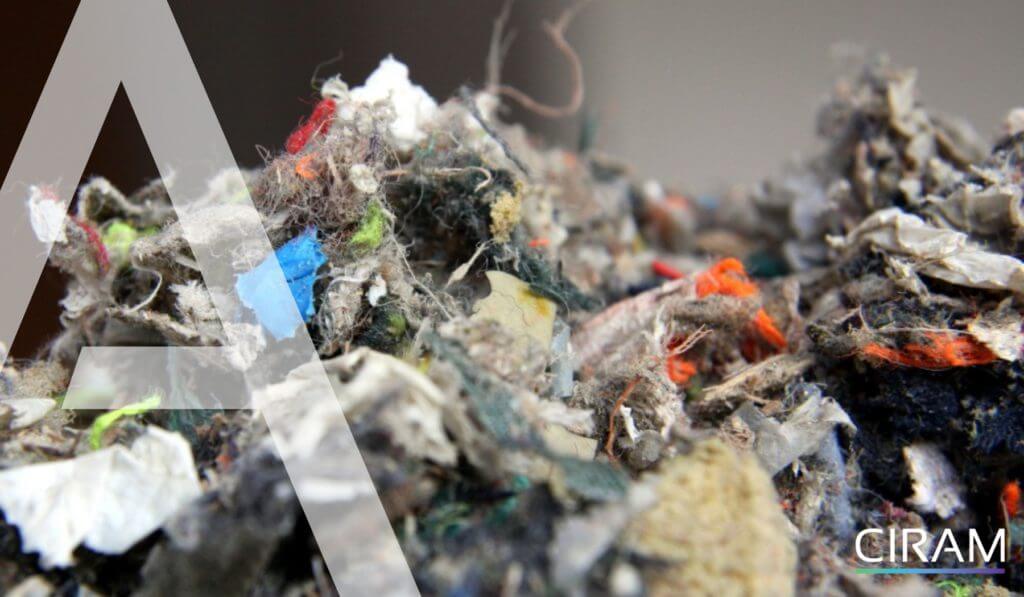Radiocarbon analysis of solid recovered fuels
Specialists in carbon-14 (or radiocarbon) analysis, CIRAM laboratories comply with all applicable standards to deliver results in compliance with regulations. Discover without delay the different methods of analysis of solid recovered fuels as well as the international and European regulations in force. What is a solid recovered fuel (SRF) Solid recovered fuels (CSR in French […]

Specialists in carbon-14 (or radiocarbon) analysis, CIRAM laboratories comply with all applicable standards to deliver results in compliance with regulations. Discover without delay the different methods of analysis of solid recovered fuels as well as the international and European regulations in force.
What is a solid recovered fuel (SRF)
Solid recovered fuels (CSR in French or SRF in English) are a new and partly renewable source of energy. SRFs enable the recovery of household or industrial waste and are an interesting alternative to fossil fuels. But before being used, solid recovered fuels must first be analyzed since they are heterogeneous materials that can contain paper, cardboard, wood, but also petroleum-based products such as plastic.
Techniques used to analyze SRF
There are several techniques to analyze the biobased carbon content of SRFs while complying with EN ISO 21644.
RSCs can be analyzed by manual sorting, selective dissolution, or radiocarbon.
The selective dissolution technique
Selective dissolution is based on the assumption that biomass dissolves under the combined effect of sulfuric acid and hydrogen peroxide. While this technique appears simpler to use than radiocarbon analysis, it has many biases and inaccuracies:
- Selective dissolution considers that all materials have common physicochemical properties; this is not the case
- Some plastics yet petroleum-based are biodegradable and will therefore be dissolved and thus associated with biomass
- Inversely, some biosourced polymers are not biodegradable and will therefore not be dissolved;
- The EN ISO 21644 standard specifies that the selective dissolution method underestimates the biosourced content by 3% when the RSCs contain paper and even up to 16% for those containing rubber.
The selective dissolution method therefore lacks accuracy and reliability. This is why CIRAM laboratories use a more accurate and reliable scientific technique, radiocarbon.
The radiocarbon technique, the method used by CIRAM laboratories
To deliver accurate, reliable results that comply with current standards, CIRAM laboratories use the radiocarbon technique in order to measure the biomass content of SRFs.
This analysis is based on the activity of the 14 carbon isotope. Knowing that carbon-14 decays over time to disappear after 60,0000 years, we can consider that oil and other fossil materials no longer contain carbon-14; they contain only old” carbon, unlike biomass, which contains exclusively “modern” carbon.
